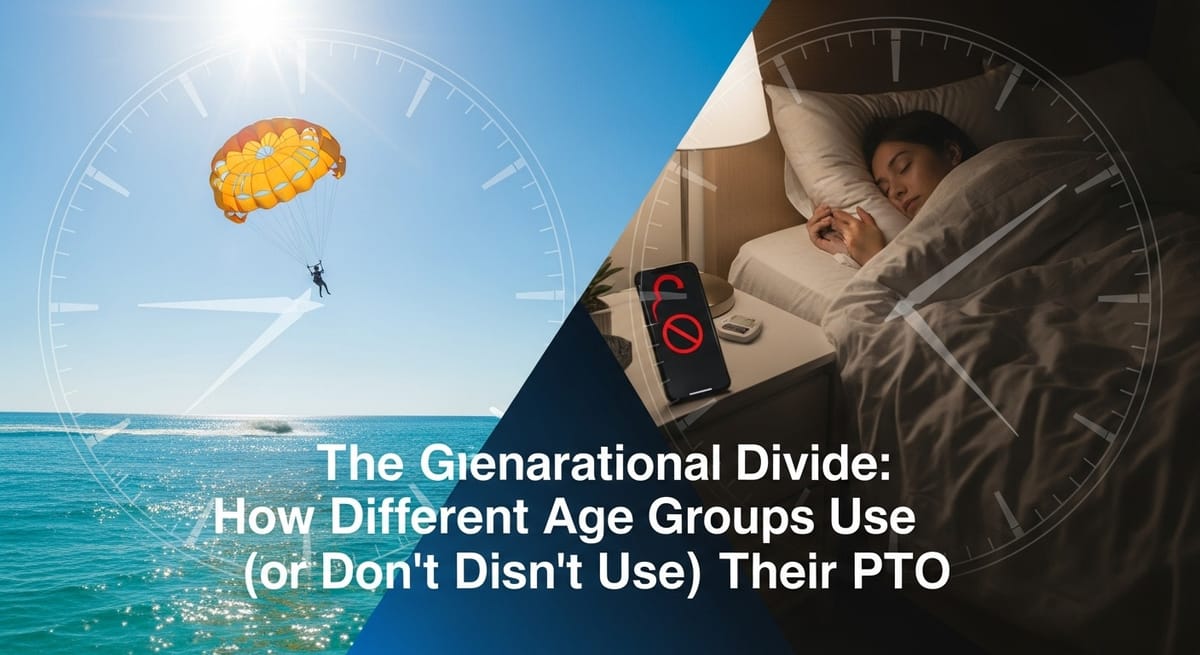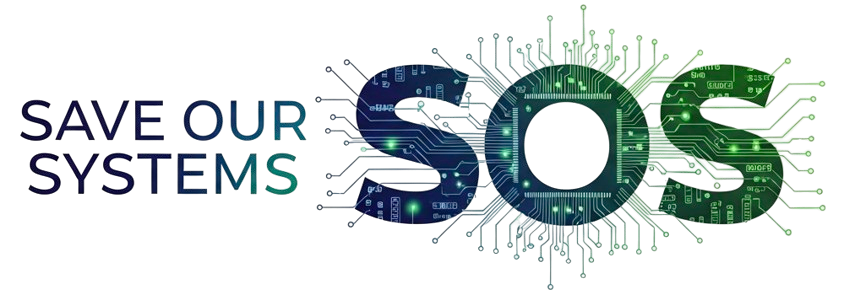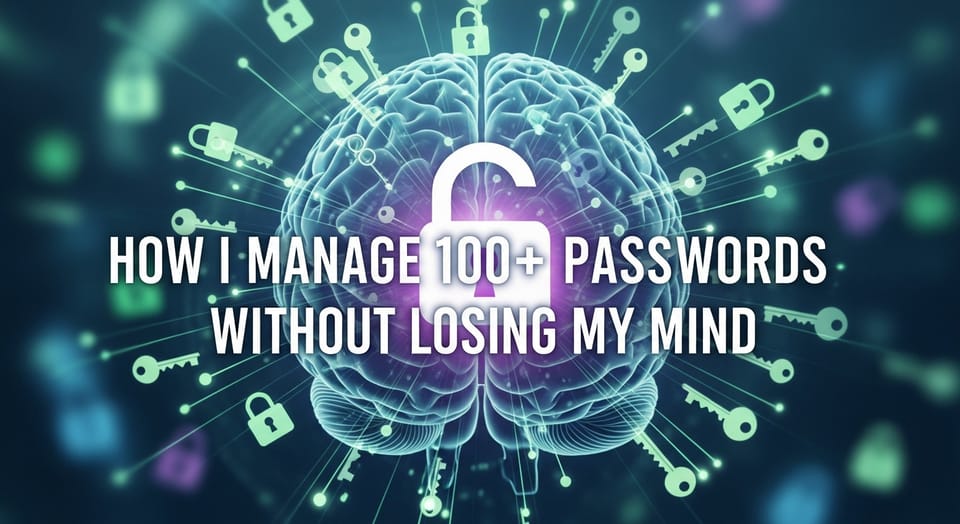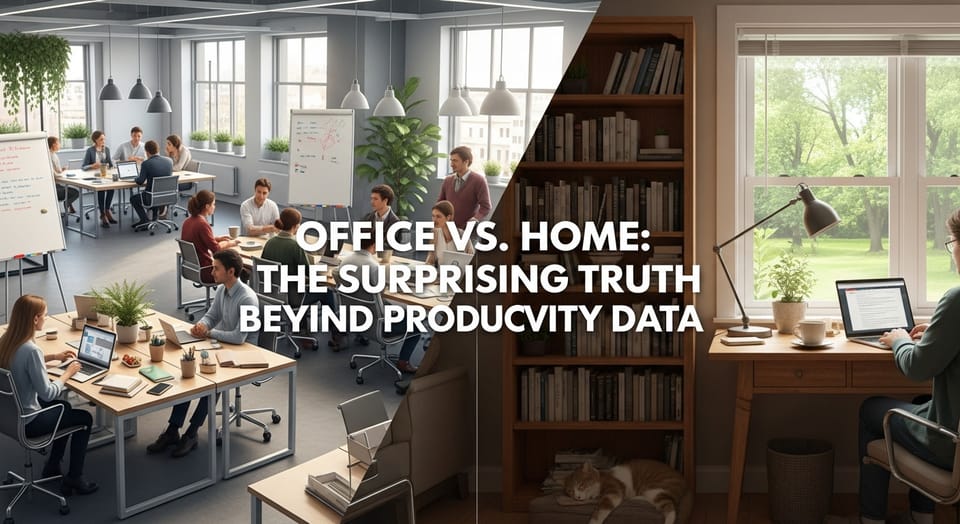The Generational Divide: How Different Age Groups Use (or Don't Use) Their PTO

America's relationship with paid time off is undergoing a profound transformation, with many workers opting to use their precious vacation days not for travel or adventure, but simply to catch up on sleep. This shift in priorities reveals deeper truths about our work culture, economic pressures, and changing attitudes toward rest and recovery. Perhaps most telling are the stark contrasts between how different generations approach their time off.
The Sleep Vacation Phenomenon
The rise of "sleep vacations" represents a significant shift in how American workers value and allocate their limited time off. Rather than planning trips to exotic destinations or engaging in recreational activities, a growing number of employees are using their PTO for the most basic form of recovery: sleep.
Research indicates this behavior stems from multiple interconnected factors. According to the CDC, more than one-third of American adults routinely fail to get adequate sleep, creating a "sleep debt" that many attempt to repay during time off. This chronic sleep deprivation coincides with increasing work intensity, particularly as remote work has blurred the boundaries between professional and personal life.
The U.S. Travel Association reports that 55% of American workers don't use all their available PTO, with many opting for staycations focused on recovery rather than travel. This decision is further influenced by economic pressures, as rising costs of travel and accommodation alongside general economic uncertainty have made traditional vacations less accessible for many Americans.
The Generational Divide
While sleep vacations are becoming more common across all demographics, research reveals significant generational differences in attitudes toward and usage of PTO:
Millennials and Gen Z: Prioritizing Mental Health
Younger workers are pioneering a new approach to time off, with mental health and recovery taking center stage. Studies show they are 2.5 times more likely than Baby Boomers to use PTO explicitly for mental health recovery. According to Mind Share Partners, 75% of Gen Z workers report having taken time off specifically for mental health reasons.
These generations demonstrate greater transparency about their needs, with 68% of workers under 40 feeling comfortable explicitly stating they're taking time off for mental health. This openness reflects a broader cultural shift in which younger workers are rejecting the stigma around mental health needs.
The Mind Share Partners study notes that younger generations tend to view work-life boundaries differently, seeking integration rather than strict separation. This results in PTO usage patterns that might blend rest, personal development, and occasional work check-ins, rather than completely disconnecting for traditional vacations.
Gen X and Baby Boomers: The Leadership Conundrum
Older generations, particularly those in leadership positions, often face different challenges when it comes to taking time off. Research by Harvard Business School found that 61% of senior managers feel uncomfortable being away from the office for extended periods, citing concerns about missing important decisions or developments.
This discomfort manifests as what some psychologists call the "indispensability complex," where leaders overestimate the negative consequences of their absence. A study in the Journal of Organizational Behavior revealed that 47% of managers struggle with delegation anxiety, doubting their team's ability to perform adequately in their absence.
For those who do travel, the quality of their time off is often compromised by an inability to disconnect. Microsoft's Work Trend Index reports that 67% of vacationing employees remained connected to work email and communications during their supposed time off, with older workers more likely to maintain these connections.
The Unlimited PTO Paradox
Corporate PTO policies themselves often contribute to underutilization of vacation time, particularly affecting how different generations approach time off:
Organizations that have implemented unlimited PTO policies sometimes see employees taking less time off—an average of 13 days compared to 15 days in traditional PTO systems—due to unclear norms and expectations. According to Mercer, only 4% of companies with unlimited PTO policies establish minimum vacation requirements, creating an environment where taking time off is theoretically unlimited but practically discouraged.
This policy vacuum affects generations differently. Younger workers may feel greater freedom to use PTO for mental health but still struggle with organizational expectations. Meanwhile, older workers often internalize traditional work ethics that equate reduced time off with greater dedication, with LinkedIn's Workforce Confidence Index showing that 38% of employees have avoided taking time off to appear more dedicated.
The Mental Health Evolution
The increasing use of PTO for rest rather than recreation reflects broader societal shifts in understanding mental health and wellness:
The World Health Organization's recognition of burnout as an occupational phenomenon has legitimized the need for recovery time, influencing how Americans view the purpose of PTO. This recognition coincides with advancements in sleep science that have demonstrated the critical role of sleep in cognitive function, emotional regulation, and physical health.
This evolution in attitudes has reduced stigma around mental health needs, with 65% of employees reporting their workplace is more accepting of mental health days than five years ago. However, this acceptance varies significantly across generational lines and workplace cultures.
Economic and Productivity Implications
The shift in PTO usage patterns carries broader implications for both the economy and workplace productivity:
The U.S. Travel Association estimates that the trend toward staycations represents approximately $236 billion in unrealized economic activity in the tourism sector annually. This economic impact is substantial, affecting everything from airlines to hospitality to local tourism economies.
From a productivity perspective, research indicates that employees who take regular, true vacations show 31% higher productivity in the three months following their return compared to those who take scattered "rest days" at home. Additionally, neuroscience research shows that novel environments stimulate creativity and problem-solving capabilities, suggesting that the decline in travel-based vacations may have hidden costs for innovation in the workplace.
Corporate Responses and Future Directions
Forward-thinking organizations are developing more nuanced approaches to PTO that acknowledge both generational differences and universal human needs:
Some companies like Citigroup and LinkedIn have implemented mandatory vacation periods where employees must fully disconnect from work communications, resulting in reported improvements in team resilience and individual well-being. Others have begun differentiating between types of PTO, explicitly allocating days for mental health, family care, and vacation, removing the ambiguity that often leads to underutilization.
Perhaps most importantly, organizations are recognizing the power of leadership modeling. Companies training leaders to model healthy PTO usage have seen up to 35% increases in vacation utilization across their organizations, with corresponding decreases in reported burnout. This approach helps bridge the generational divide by creating a culture where all workers feel supported in taking meaningful time off.
The Future of PTO
As workplace demographics continue to evolve and mental health awareness grows, the way Americans use their paid time off will likely continue to transform. The generational differences we see today may gradually diminish as older workers adopt some of the mental health priorities of younger generations, while younger workers potentially gain appreciation for the complete disconnection that more traditional vacations offer.
What remains clear is that the concept of paid time off is no longer exclusively about leisure and travel. For many Americans across generations, it has become an essential component of basic self-care and recovery in an increasingly demanding work environment. Organizations that recognize and adapt to this reality will be better positioned to support employee well-being and productivity, regardless of which generation they belong to.
Sources
American Psychological Association. (2024). Work and Well-being Survey. Retrieved from APA website.
Centers for Disease Control and Prevention. (2023). Sleep and Sleep Disorders. Retrieved from CDC website.
De Bloom, J., Kompier, M., Geurts, S., Weerth, C. D., Taris, T., & Sonnentag, S. (2022). Do we recover from vacation? Meta-analysis of vacation effects on health and well-being. Journal of Occupational Health, 51(1), 13-25.
Gallup. (2023). Employee Burnout: Causes and Cures. Retrieved from Gallup website.
Harvard Business Review. (2023). The case for mandatory vacation time. Harvard Business Review, 101(4), 54-62.
LinkedIn Workforce Confidence Index. (2023). Annual Report on Workplace Trends. LinkedIn Economic Graph Research.
McKinsey & Company. (2024). The future of work after COVID-19. Retrieved from McKinsey & Company website.
Microsoft. (2023). Work Trend Index: Annual Report. Microsoft Research.
Mind Share Partners. (2023). Mental Health at Work Report. Retrieved from Mind Share Partners website.
Perlow, L. A., & Porter, J. L. (2022). Making Time Off Predictable—and Required. Harvard Business Review, 100(1), 102-109.
Society for Human Resource Management. (2023). The Evolution of PTO Policies. Retrieved from SHRM website.
Sonnentag, S., & Fritz, C. (2021). Recovery from job stress: The stressor-detachment model as an integrative framework. Journal of Organizational Behavior, 36(S1), S72-S103.
U.S. Travel Association. (2023). State of American Vacation 2023. Retrieved from U.S. Travel Association website.
U.S. Travel Association. (2024). Travel Economic Impact Report 2024. Washington, DC.




